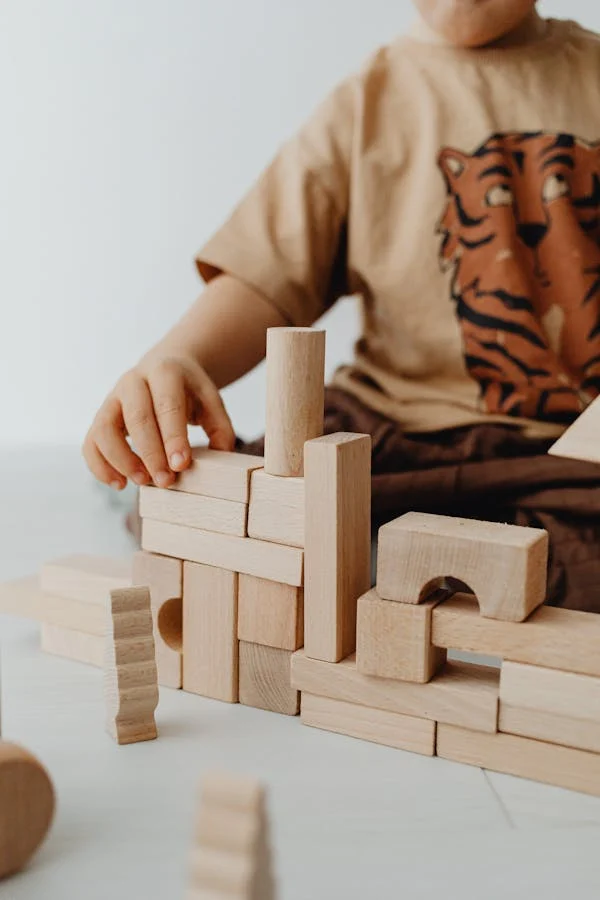As moms, we’re always looking for ways to spark curiosity and creativity in our children. Creating engineering activities for kids is a fantastic way to engage young minds, encouraging problem-solving, critical thinking, and hands-on learning. Whether your little one is a budding builder or just loves to tinker, here are some fun, simple, and educational engineering activities that you can try at home!

1. Build a Marshmallow and Toothpick Tower (Ages 3-6)
This classic activity is perfect for developing spatial awareness and structural engineering skills. Provide your child with marshmallows and toothpicks, then challenge them to build the tallest or strongest tower possible. This encourages trial and error, creative thinking, and patience.
2. Balloon-Powered Car (Ages 5-8)
Teach kids about propulsion and motion with a DIY balloon-powered car. Using household items like straws, bottle caps, and cardboard, kids can design their own mini vehicles. By attaching a balloon and inflating it, they’ll watch their creation zoom across the floor while learning about aerodynamics!
3. Lego Bridge Challenge (Ages 4-10)
Legos are an incredible tool for young engineers. Set a challenge for your child to build a bridge that can hold a certain amount of weight (use small toys or books). This activity introduces concepts of weight distribution, support, and structural integrity.
4. Egg Drop Experiment (Ages 6-12)
This is a fun and exciting way to introduce kids to physics and material science. Challenge your child to create a protective structure using straws, cotton balls, and rubber bands to prevent an egg from breaking when dropped from a height. It’s a great way to test designs, learn about impact absorption, and improve problem-solving skills.
5. Popsicle Stick Catapult (Ages 6-10)
Help your child explore potential and kinetic energy by building a catapult with popsicle sticks, rubber bands, and a spoon. They’ll love launching small objects and experimenting with different designs to see what works best.
6. Paper Airplane Engineering (Ages 4-9)
Encourage kids to design and test different types of paper airplanes to see which flies the farthest or fastest. This simple activity introduces aerodynamics and encourages iterative design and experimentation.
7. DIY Water Wheel (Ages 7-12)
Using simple materials like a plastic bottle, paper cups, and straws, kids can build a working water wheel to learn about renewable energy and mechanics. Pouring water over the wheel shows how energy transfers and moves objects.
8. Cardboard City Building (Ages 3-8)
Turn old boxes into an engineering project by having your child design and build a miniature city. This is great for spatial awareness, planning, and understanding basic architectural concepts.
9. Slime and Oobleck Science (Ages 3-10)
While not a traditional engineering project, playing with slime or oobleck (a non-Newtonian fluid) is a hands-on way to explore material properties and viscosity, sparking scientific curiosity in young minds.
10. Straw Roller Coaster (Ages 7-12)
Challenge kids to design a roller coaster using straws and tape, guiding a marble through loops and turns. This activity introduces physics concepts like gravity, momentum, and friction.
Introducing engineering activities for kids at a young age fosters a love for STEM for young minds that soak in experiences like sponges. These hands-on projects encourage creativity, persistence, and problem-solving—all essential skills for the future. Plus, they’re a great way to spend quality time together while learning something new!
So grab some materials, gather your little engineers, and start building, experimenting, and exploring today! For more STEM info and programs, check out the Summit Innovation Lab.
